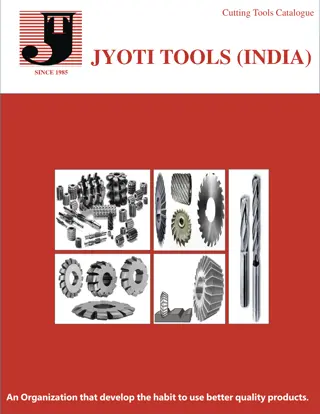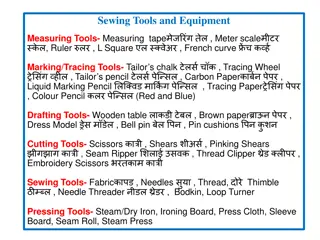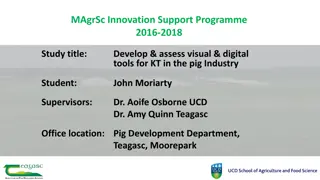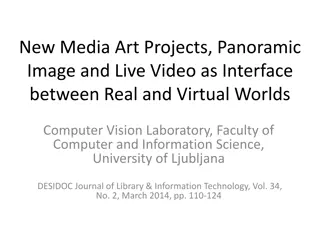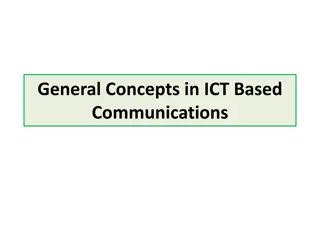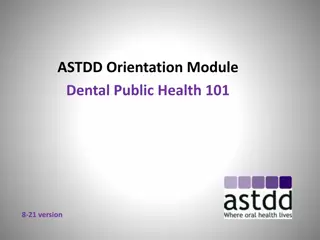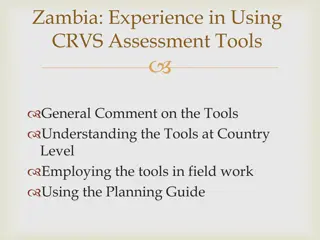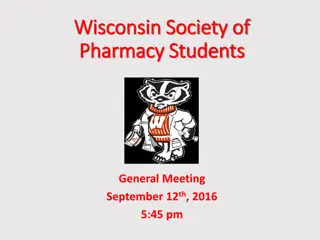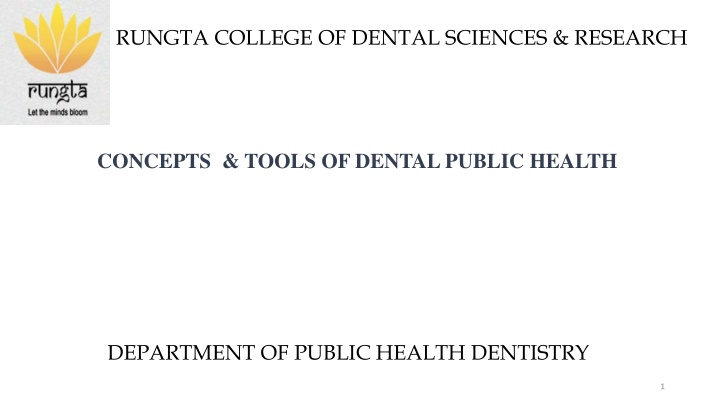
Dental Sciences & Research Concepts in Public Health Dentistry
Explore the pillars of Dental Public Health, covering Epidemiology, Biostatistics, Social Sciences, Principles of Administration, and Preventive Dentistry. Learn about the aims and objectives of Epidemiology and the uses of Biostatistics in understanding and improving oral health outcomes.
Download Presentation

Please find below an Image/Link to download the presentation.
The content on the website is provided AS IS for your information and personal use only. It may not be sold, licensed, or shared on other websites without obtaining consent from the author. If you encounter any issues during the download, it is possible that the publisher has removed the file from their server.
You are allowed to download the files provided on this website for personal or commercial use, subject to the condition that they are used lawfully. All files are the property of their respective owners.
The content on the website is provided AS IS for your information and personal use only. It may not be sold, licensed, or shared on other websites without obtaining consent from the author.
E N D
Presentation Transcript
RUNGTA COLLEGE OF DENTAL SCIENCES & RESEARCH CONCEPTS & TOOLS OF DENTAL PUBLIC HEALTH DEPARTMENT OF PUBLIC HEALTH DENTISTRY 1
Specific learning Objectives At the end of this presentation the learner is expected to know ; Sr.no Learning objectives Domain Level Criteria Conditio n 1. Discuss aims & objectives of epidemiology Cognitive Must know All 2. Describe uses of biostatistics Cognitive&psych omotor Must know All 3. Explain role of social sciences Cognitive Nice to know 01 4. Describe principles of administration Cognitive Must know All 5. Discuss about levels of prevention Cognitive Must know All 2
Contents TOOLS OF DENTAL PUBLIC HEALTH 1. Epidemiology. 2. Biostatistics. 3. Social sciences. 4. Principles of administrations. 5. Preventive dentistry. 3
- EPIDEMIOLOGY - The scientific study of factors. The word epidimology is derived; Epi=in, on, upon Demos= pepole Logus = science. Parkin in 1873 defined epidimology as ; the branch of medical science dealing with epidemics. 4
It is also defined as; The Study Of The Distribution And Determinants Of Health Related Events In Population. 5
AIMS OF EPIDEMIOLOGY - 1. To minimize disease, its problem 2. To minimize the chances of its occurance 6
OBJECTIVES OF EPIDEMOLOGY 1. To defined magnitude & occurrence of disease 2. To identify the etiologic factors . 3. To provide data necessary for planning 4. Implementation and evaluation of programmes 7
- BIOSTATISTICS - STATISTICS CAN BE DEFINED AS; The science of compiling, classifying and tabulating numerical data and expressing the result in mathematical and graphical form 8
USES OF BIOSTATISTICS - 1. To define normalcy. 2. To test difference between two populations 3. Regarding a particular attribute is real. 4. Study of 2 or more attribute in the same population. 9
5.To evaluate the efficiency of vaccines & sera 6.To locate, define and measure the community 7.Morbidity and mortality in the community. 8.To fix priorities in public health program 10
- SOCIAL SCIENES - Includes sociology, cultural anthropology Community effort is dependent Upon the group behaviour of the individuals. 11
The social scientists called for health program Necessary when effort & effect do not match We want to know why. 12
THE SOCIAL SCIENTIST HELPS US ; In the assessment of the process This process fits with the socio-cultural system . 13
- PRINCIPLES OF ADMINISTRATION - The dentist with a leadership role Administrative work may be divided- 1.Organisation 2.Managment 14
1. Organization- Deals with the structure of an agency The way people are arranged into groups 2. Management- Is concerned with the handling of personnel Operations in such work of agency gets done. 15
- PREVENTIVE DENTISTRY - It encompasses practice by individuals and communities. The preventive measures for any disease are; levels of prevention . primary, secondary tertiary. 16
Primary Prevention ; - Health promotion ( health education ) - specific protection ( immunization, hygiene ). Secondary Prevention; - Early diagnosis and prompt treatment. 17
Tertiary Prevention ; disability limitation, It is a prevention to the extent that the; Sequelae &complication of disease are minimized. 18
SUMMARY Tools are essential to study of mass disease. To plan a programme for the prevention. Control of the disease. 19
FAQ Enumerate tools of dental public health (SAQ) Levels of prevention (LAQ) 20
Bibliography Textbook of Essentials of Preventive & Community Dentistry, by Soben Peter, 3rd Edition. Arya Publishers, Chpt 1. Community Dentistry, by Vimal Sikri,Poonam Sikri, 1st Edition,CBS Publishers, Chpt1 Textbook of Preventive and Community Dentistry,1st Edition, by S.S. Hiremath,Elsevier Publications, , Chpt.1 21
THANK YOU 22




